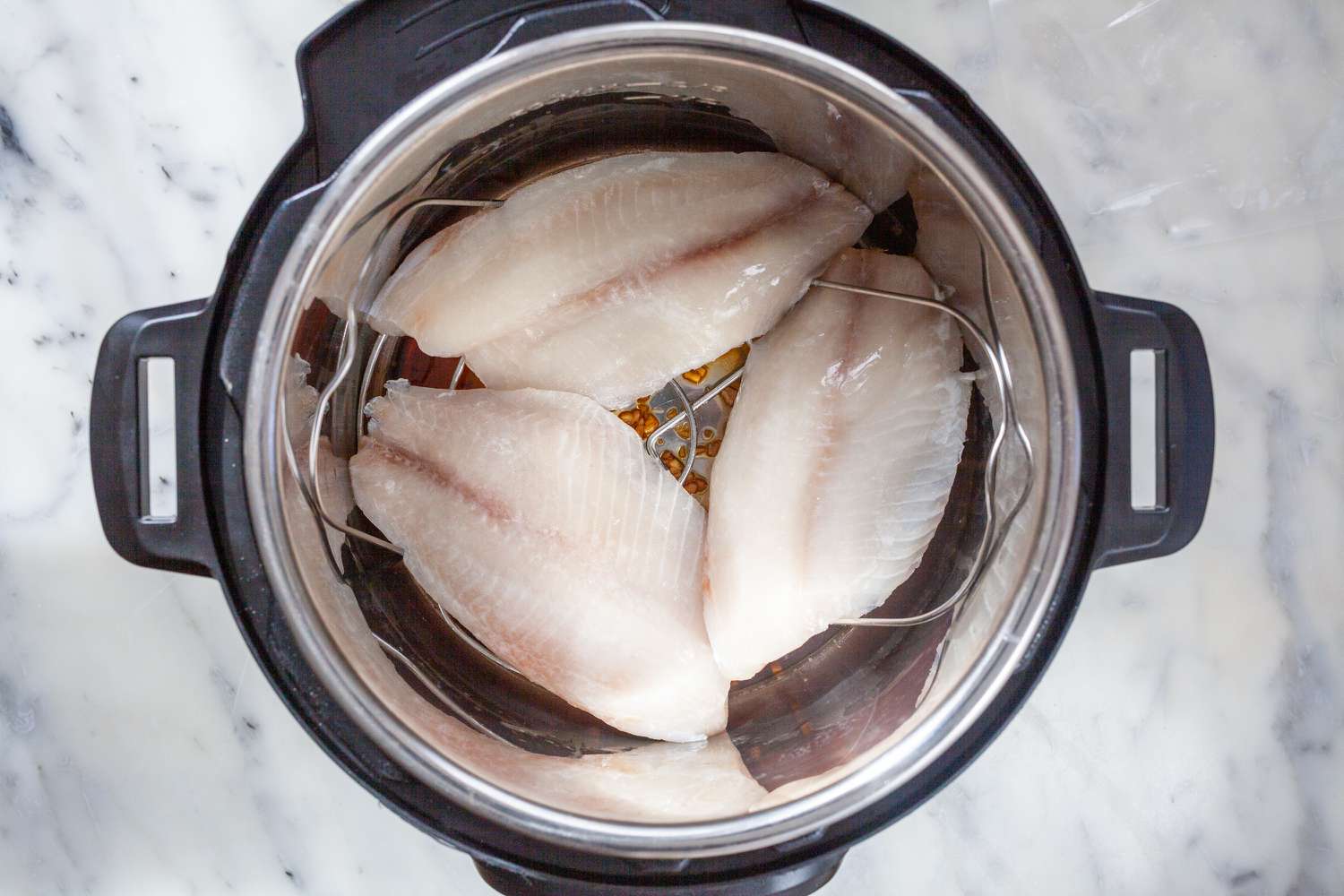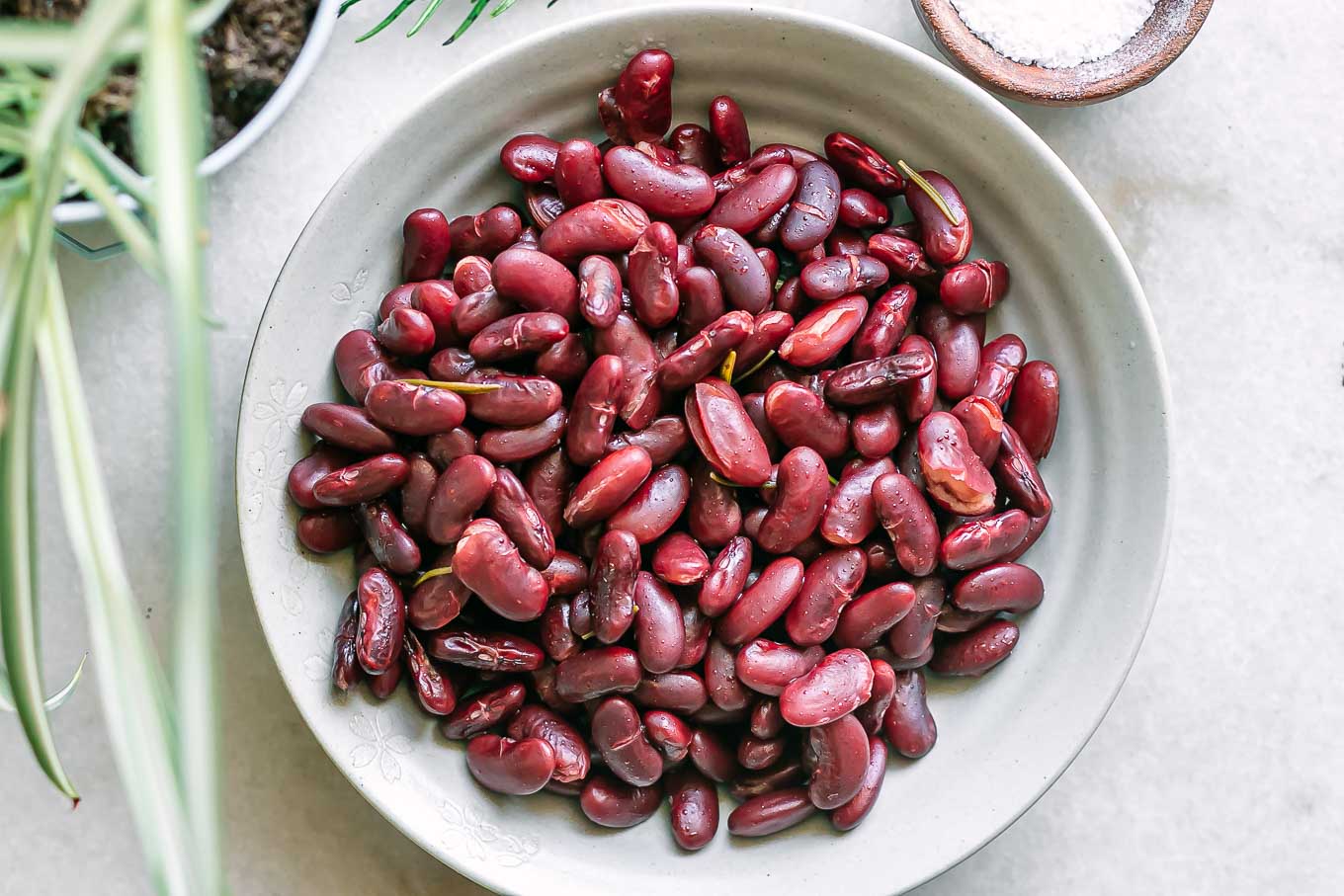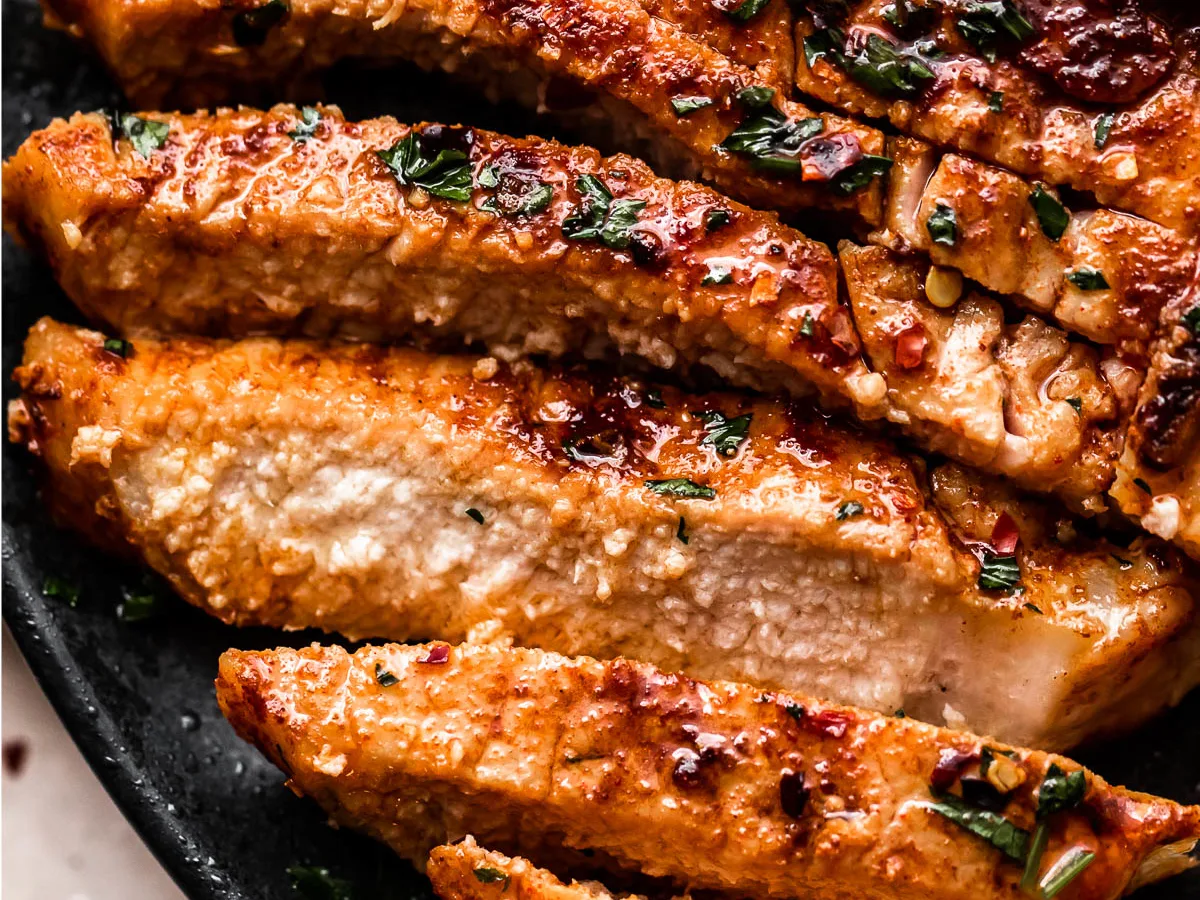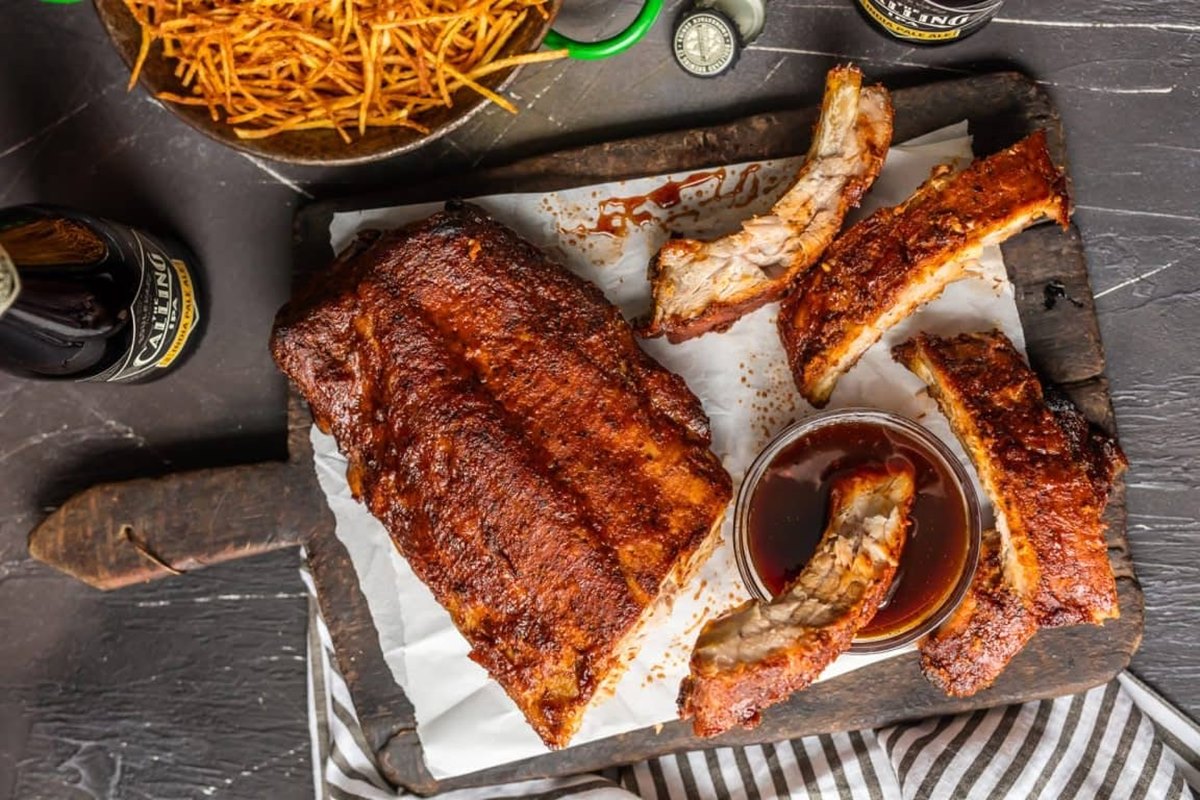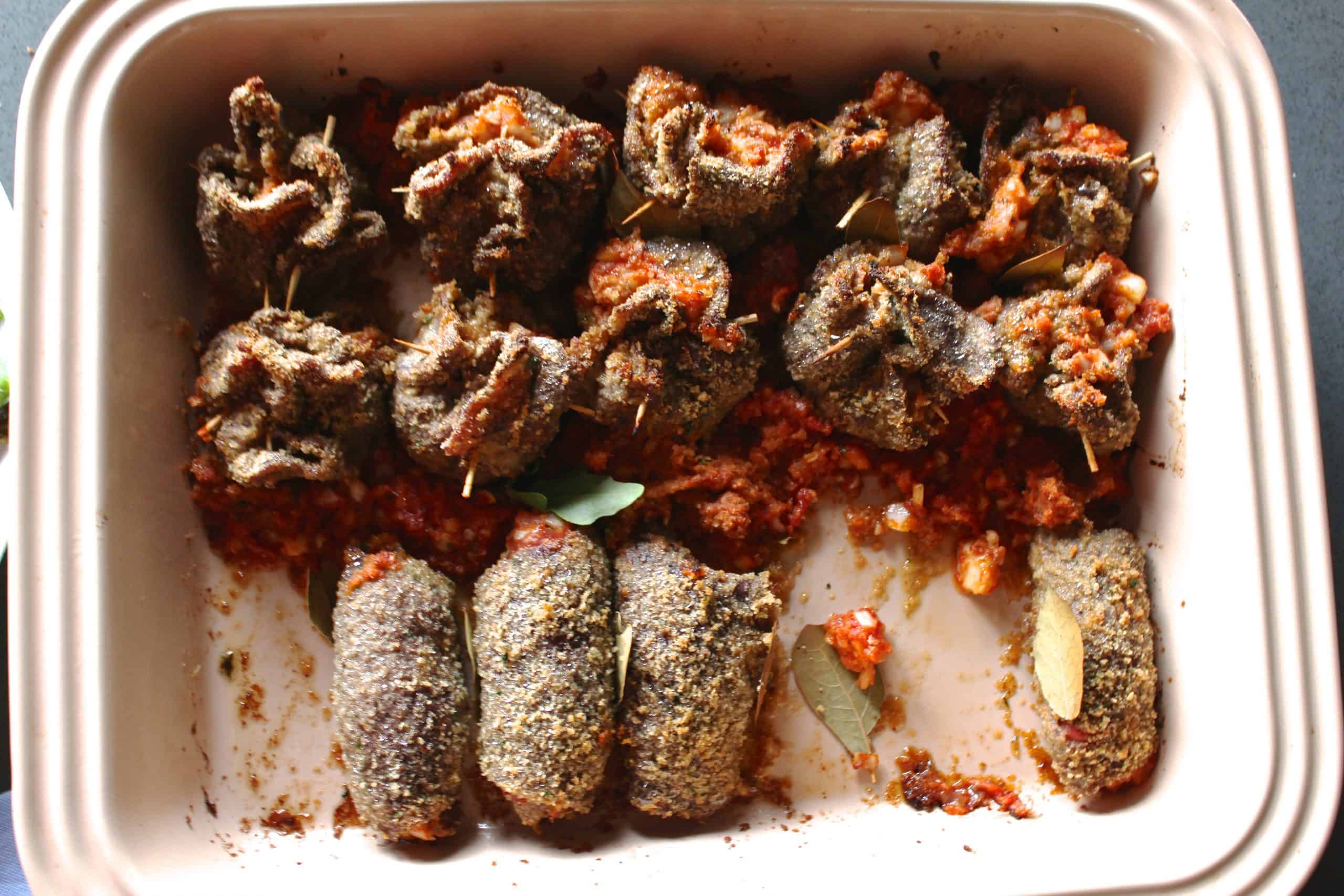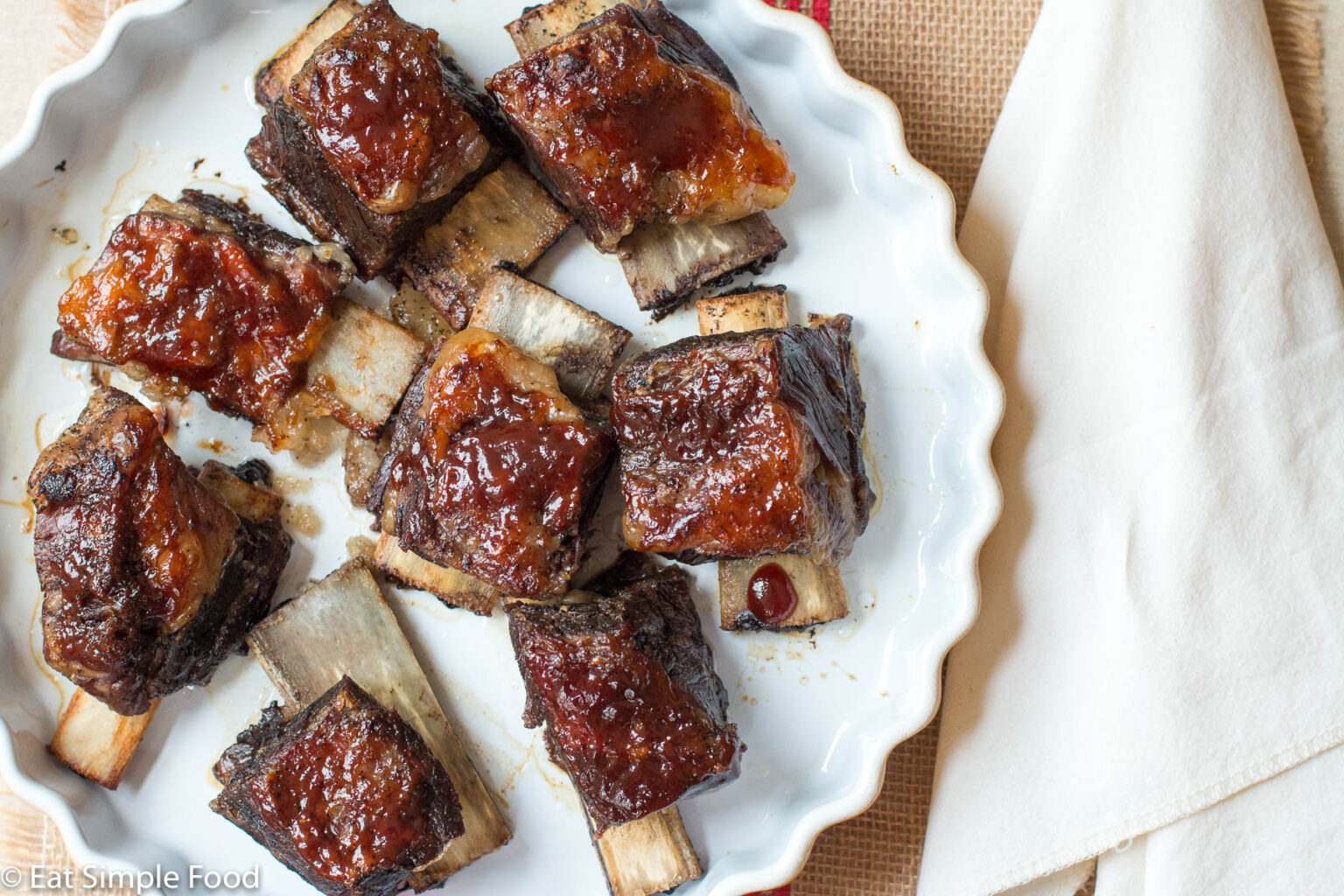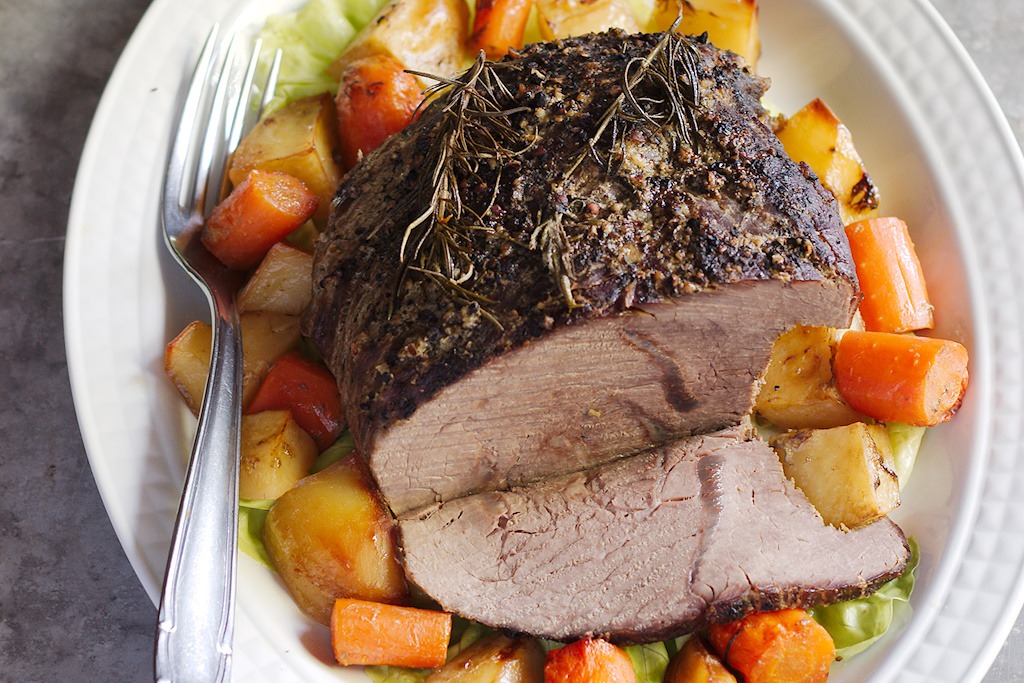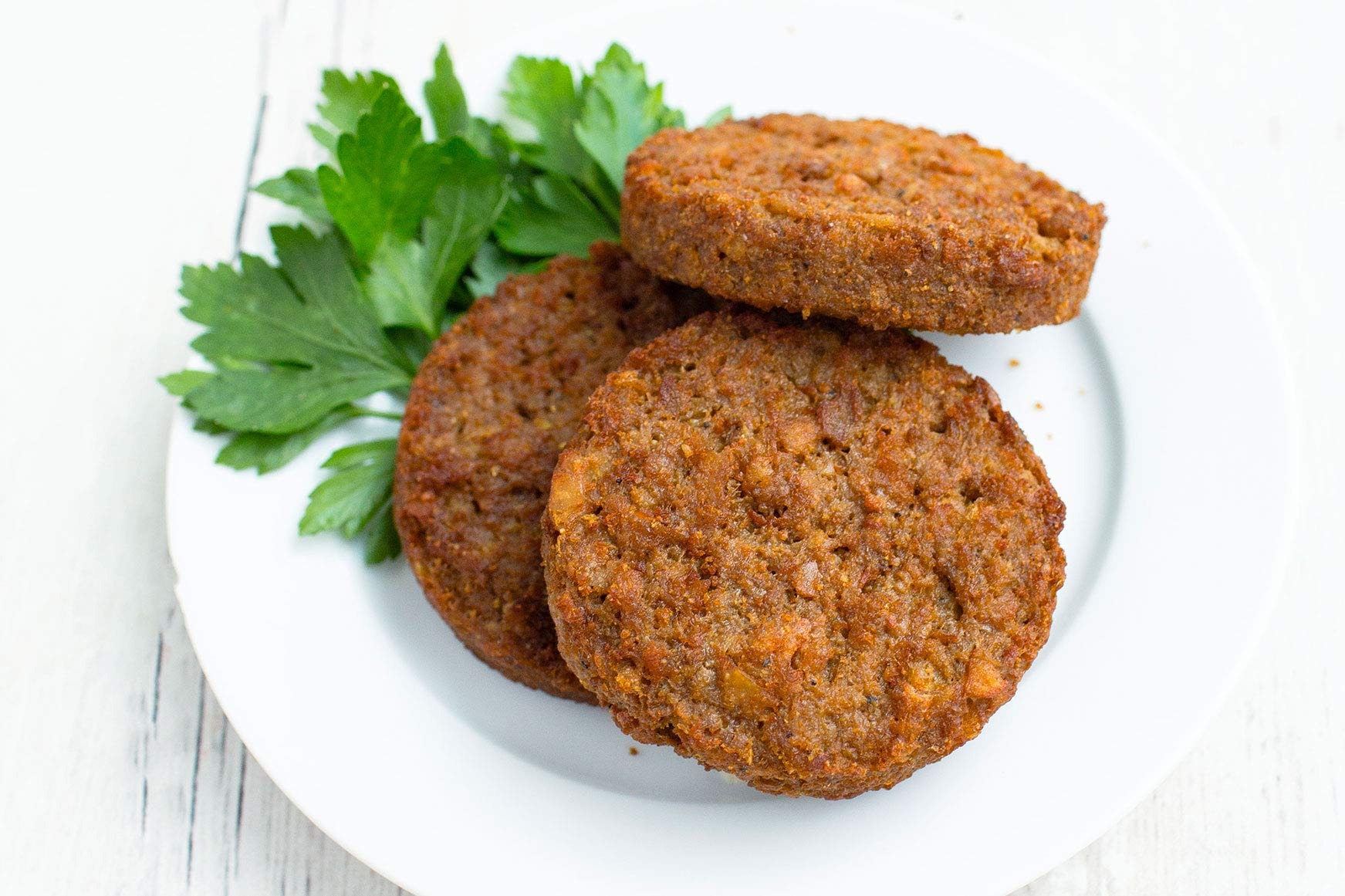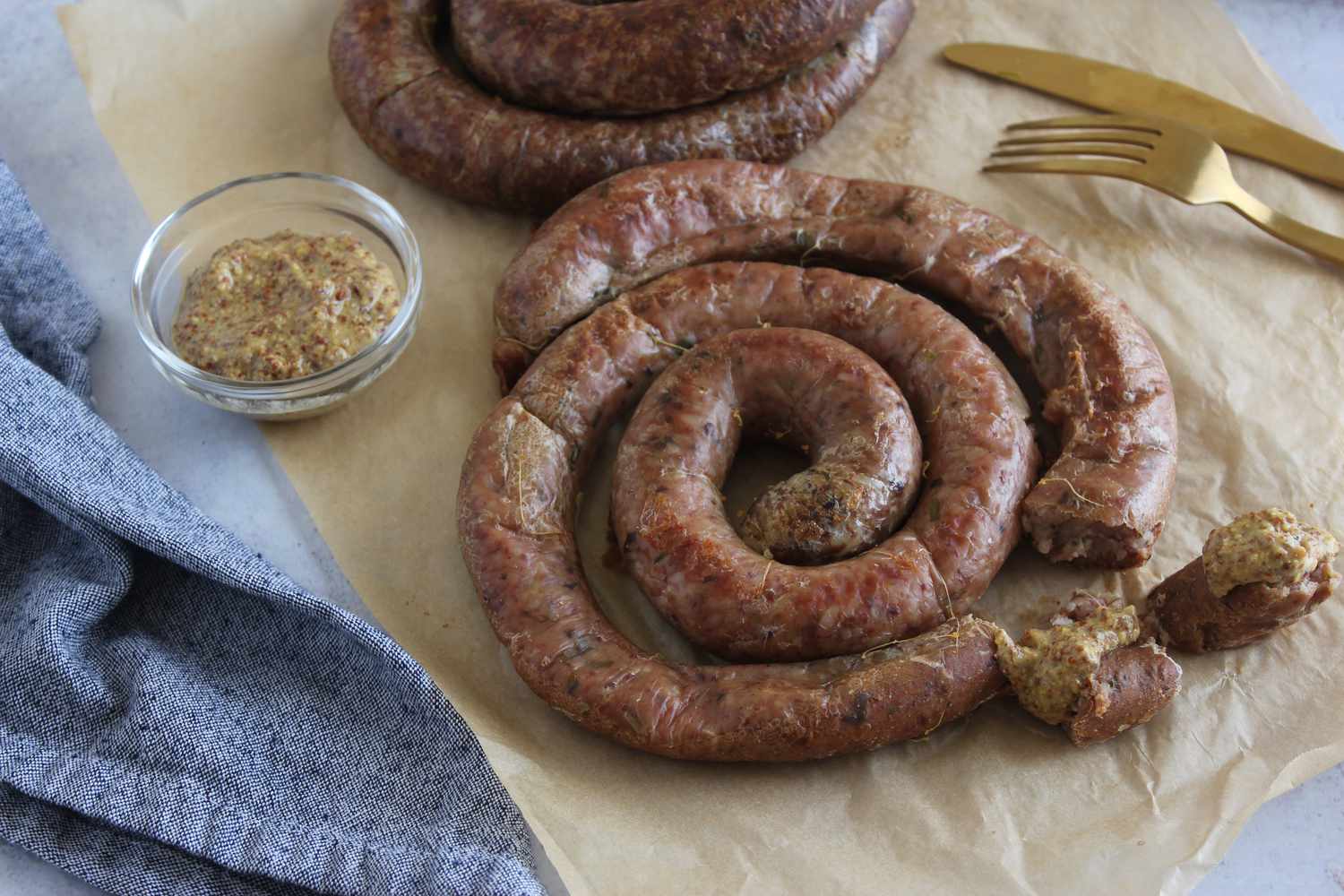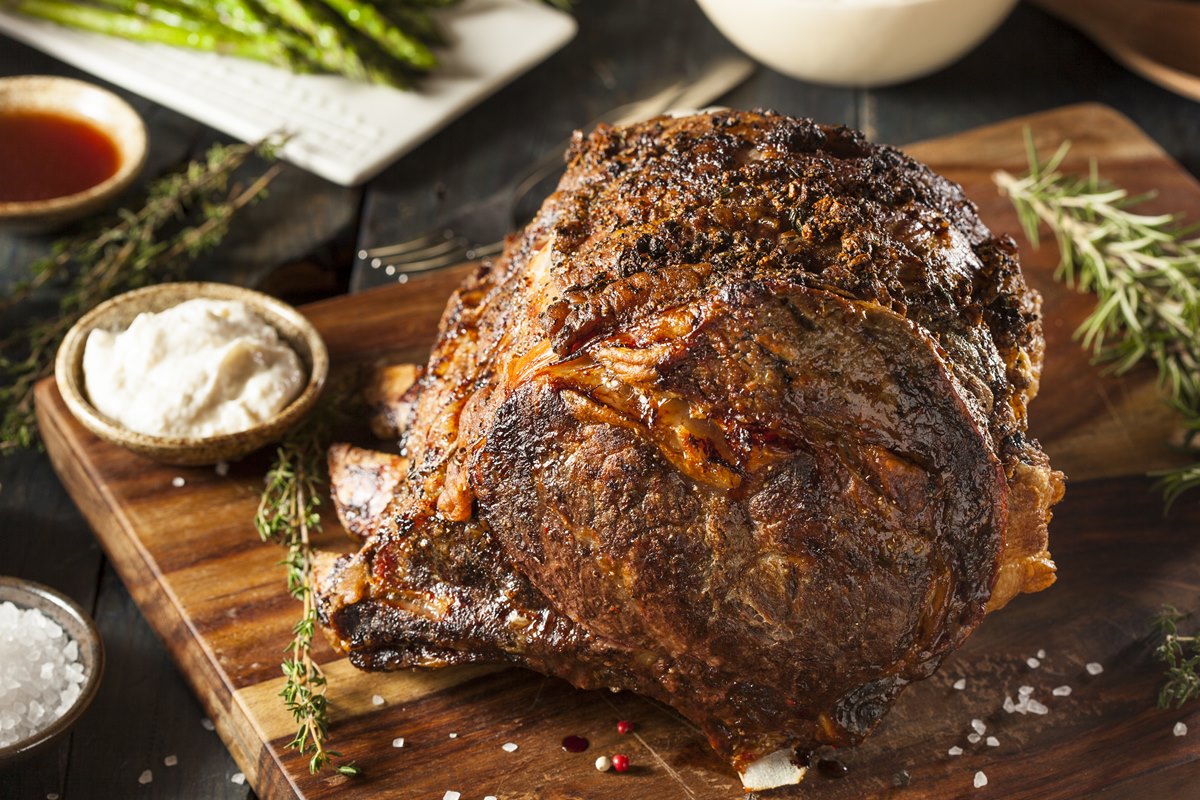How To Cook Deer Ribs In The Oven
When it comes to delicious and succulent ribs, many people automatically think of pork or beef. However, have you ever considered trying deer ribs? Venison is a lean, flavorful meat that can be transformed into a mouthwatering meal right in your own oven. In this blog post, we will guide you through the process of cooking deer ribs, from preparation to serving, so you can enjoy a unique and scrumptious dish that will surely impress your friends and family.
1. Selecting and Preparing the Deer Ribs
Before you dive into cooking, it’s important to start with high-quality deer ribs. If you happen to be an avid hunter and have access to fresh venison, ensure the ribs are properly cleaned and trimmed. For those purchasing deer ribs from a butcher or store, make sure they are fresh and have been properly handled and stored.
To prepare the deer ribs for cooking, start by rinsing them under cold water to remove any impurities. Pat the ribs dry with paper towels and then use a sharp knife to remove any excess fat or silver skin. This will enhance the tenderness and flavor of the ribs.
2. Marinating the Deer Ribs
Marinating the deer ribs is crucial for adding flavor and moisture to the meat. Choose a marinade that complements the rich taste of venison, such as a combination of soy sauce, Worcestershire sauce, garlic, and spices. Place the ribs in a zip-top bag, pour in the marinade, and seal the bag. Massage the marinade into the meat, ensuring each rib is well coated. Place the bag in the refrigerator and let the ribs marinate for at least 4 hours, but overnight is even better for maximum flavor.
3. Preheating and Roasting the Deer Ribs
Before you preheat your oven, make sure to remove the marinated deer ribs from the refrigerator and let them come to room temperature for about 30 minutes. This will allow for more even cooking.
Preheat your oven to 325°F (163°C) while you prepare a roasting pan. You can line the pan with aluminum foil to make cleanup easier. Remove the deer ribs from the marinade, allowing any excess to drip off, and place the ribs on the prepared roasting pan. For added tenderness, you can cover the pan with aluminum foil to help retain moisture during cooking.
Place the roasting pan with the deer ribs in the preheated oven and let them cook low and slow for approximately 2 to 2.5 hours. This cooking method will ensure the meat becomes tender and juicy, allowing the flavors to develop beautifully.
4. Basting and Finishing Touches
During the last half hour of cooking, it’s time to baste the deer ribs with your favorite BBQ sauce or glaze. This step adds additional layers of flavor and helps to create a beautiful caramelized crust.
Using a basting brush, generously apply the sauce or glaze to the deer ribs. Return the ribs to the oven, uncovered, and continue cooking for the remaining time. While basting, be careful not to open the oven too frequently, as this can cause the oven temperature to drop, resulting in uneven cooking.
5. Serving and Enjoying
Once the deer ribs have finished cooking, carefully remove them from the oven and let them rest for a few minutes to allow the juices to redistribute throughout the meat. This will ensure a tender and flavorful bite.
When it’s time to serve, slice the deer ribs between the bones and arrange them on a platter. To enhance the presentation, garnish with fresh herbs or a sprinkle of chopped green onions. Deer ribs pair well with a variety of sides, such as mashed potatoes, roasted vegetables, or a crisp salad.
Now you have the knowledge and steps to cook delicious deer ribs in your oven. Whether you’re an experienced venison lover or looking to try something new, this recipe is sure to impress with its unique flavors and tender meat. Gather your ingredients, follow the steps, and get ready to savor a fantastic dish that will surely become a favorite in your household!
Explore More Delicious Deer Rib Recipes and Ways to Use This Guide
Now that you've mastered the basics of cooking deer ribs in the oven, it's time to experiment with a variety of mouth-watering recipes that will impress your guests and satisfy your taste buds. From the tender and richly flavored classic oven baked venison ribs to the sweet and tangy spiced cranberry glazed deer ribs, there's a recipe to suit every palate. For those who enjoy a touch of heat, the smoky chipotle deer ribs are a must-try. They combine the smokiness of chipotle with the deep flavors of venison for a truly unforgettable dish. If you're in the mood for something exotic, the korean bbq style deer ribs offer a delightful fusion of traditional Korean flavors with the robust taste of deer. Each recipe is crafted to enhance the unique texture and flavor of deer ribs, providing you with numerous ways to enjoy this versatile ingredient.
Was this page helpful?
Read Next: How To Cook An Egg In A Toaster Oven
